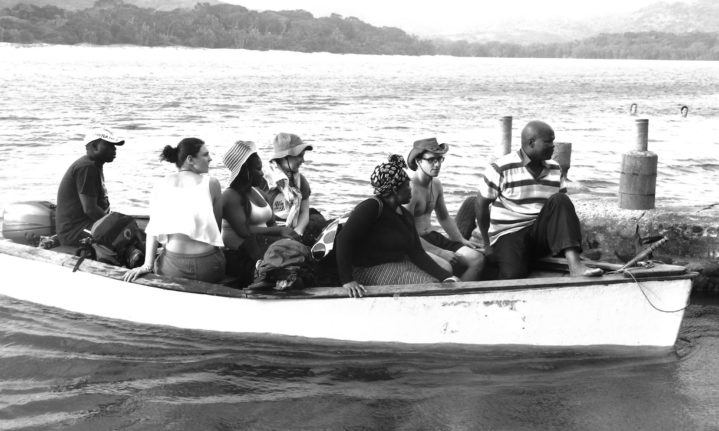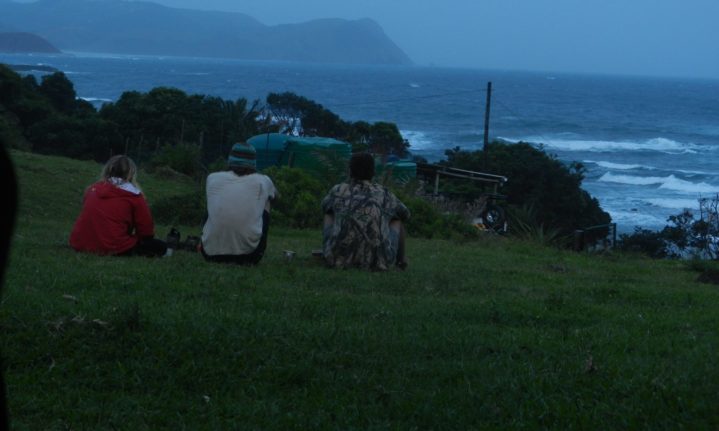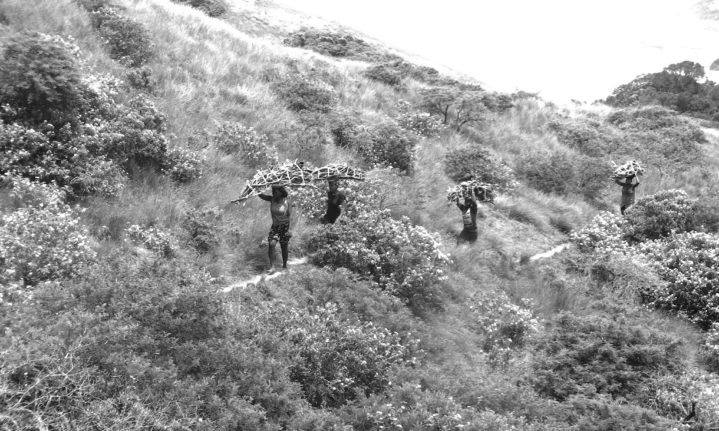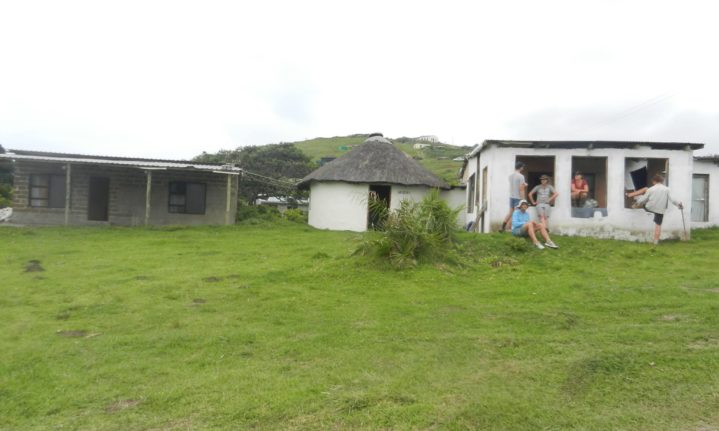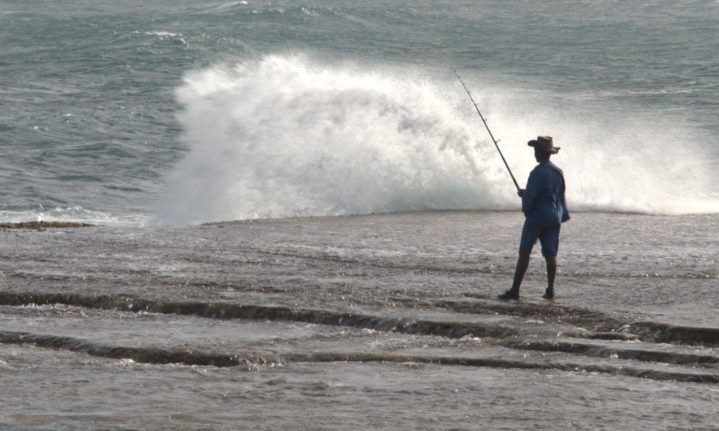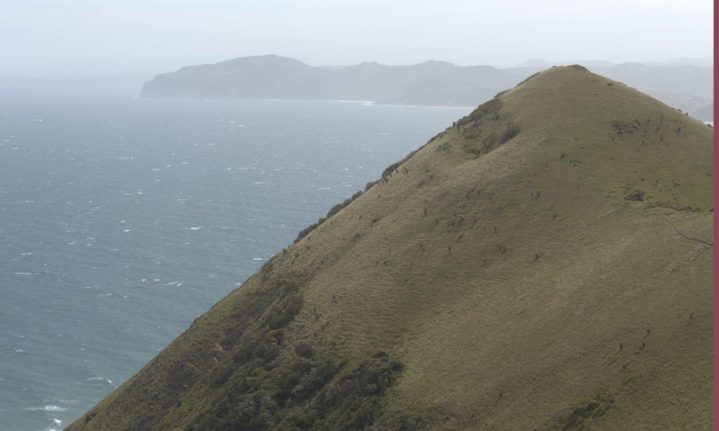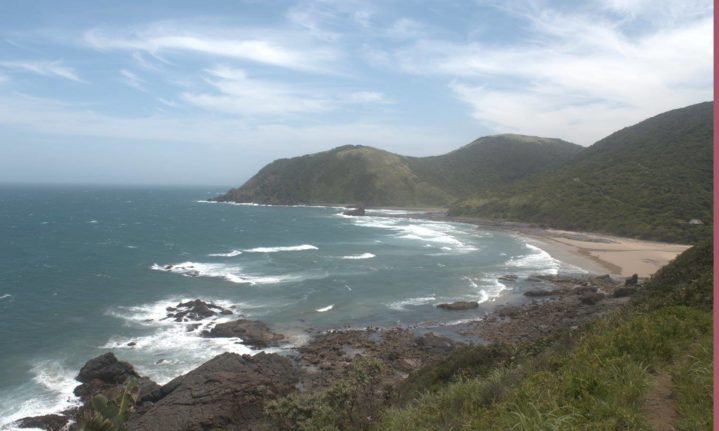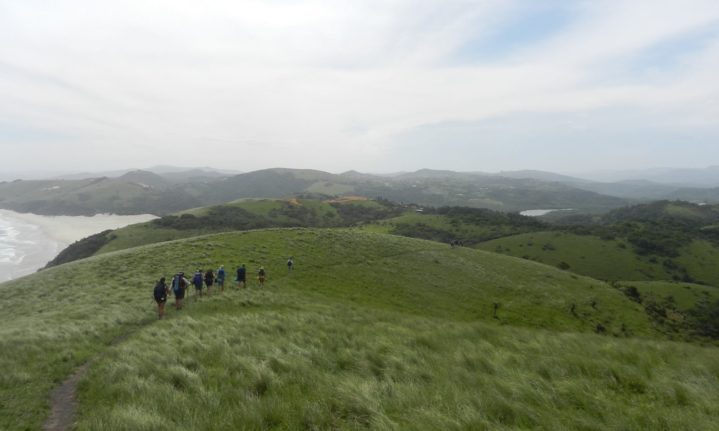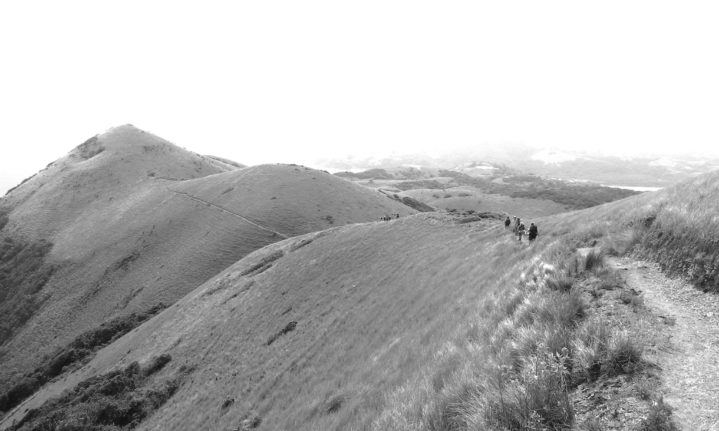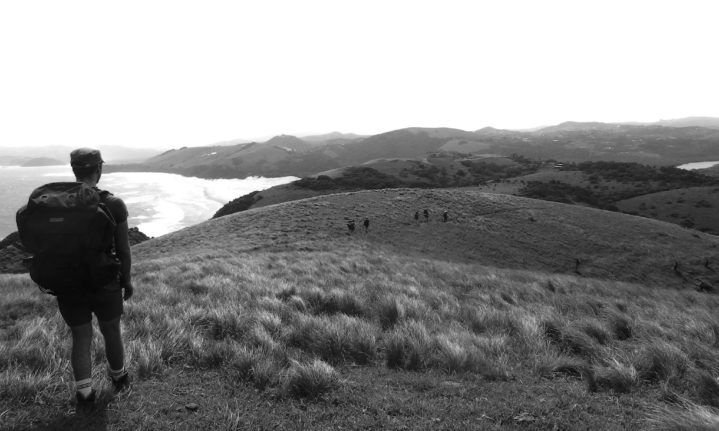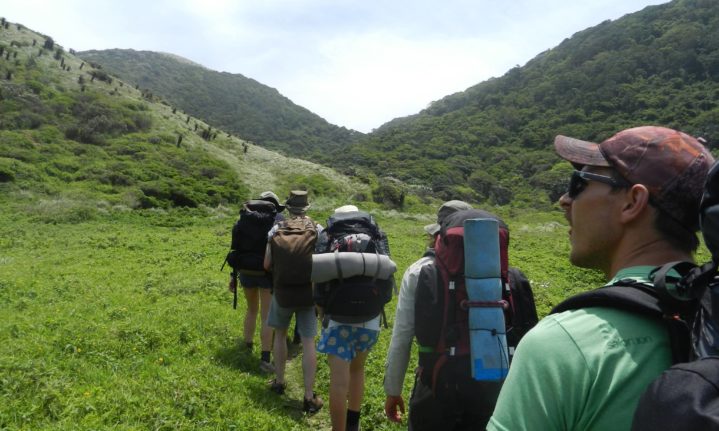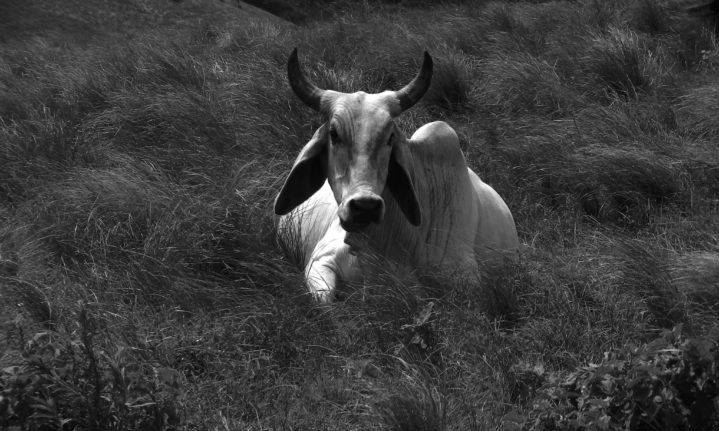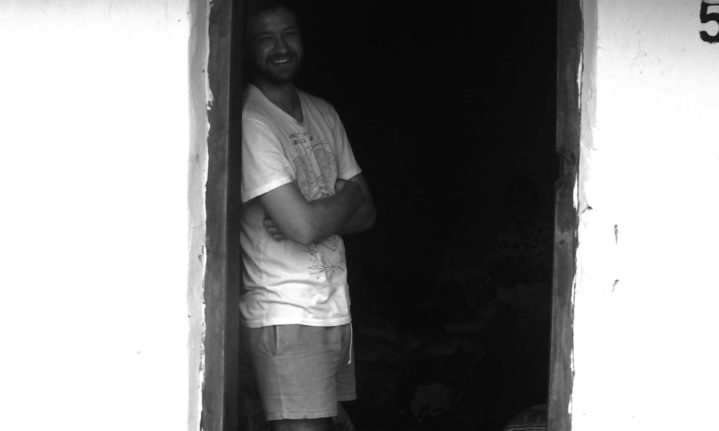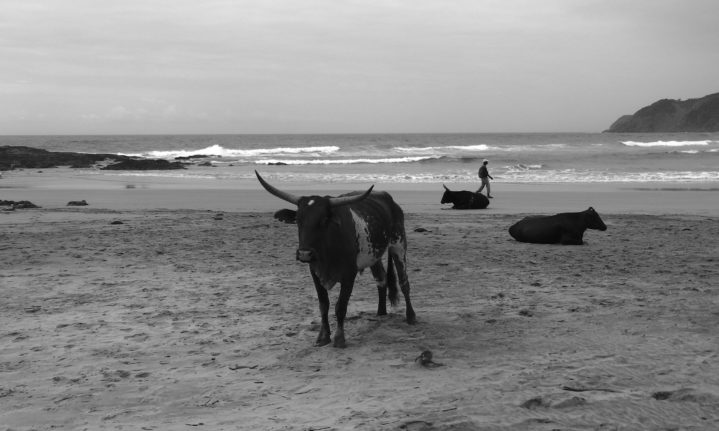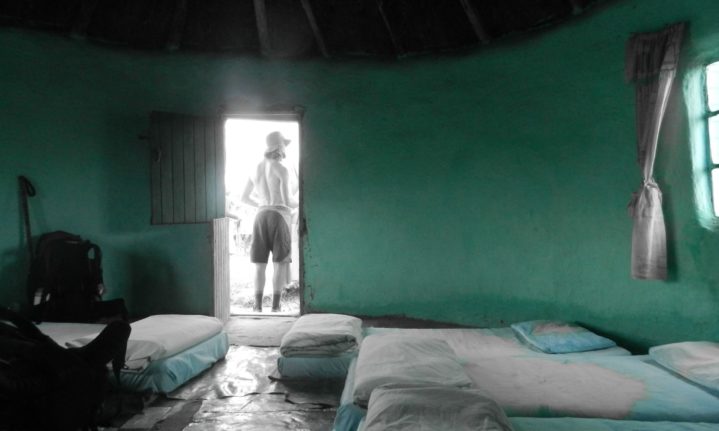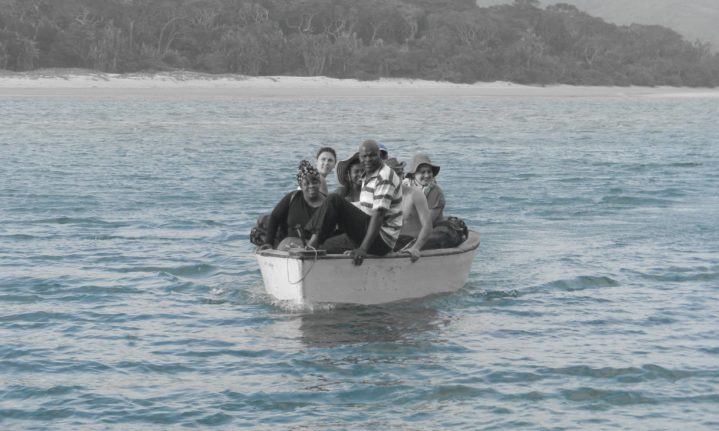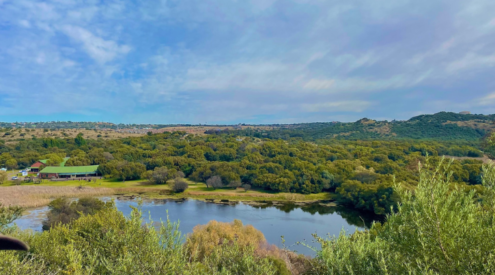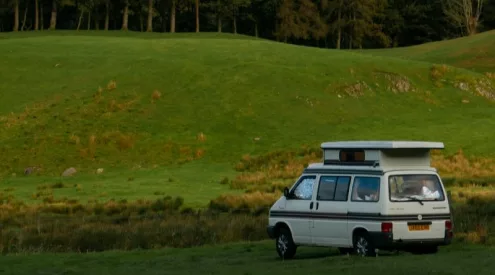The Wild Coast is a special place. Maybe it’s the strenuous drive there that makes you just want to relax as soon as you arrive. You are constantly hoping that some of the livestock don’t suddenly decide to cross the road. The cows are easier to predict though, tending to look up at the car before they strolling onto the road, causing only a slight whiplash from slamming on the brakes.
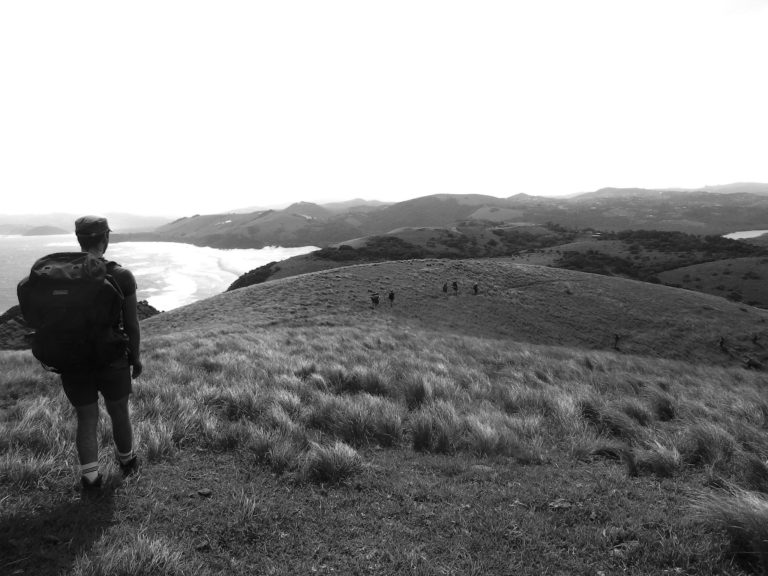
It’s the sheep that you really have to watch out for. Far more unpredictable, these woolly creatures will seem perfectly content on their patch of grass alongside the road. This is before a divine intervention persuades them that now is the right time to cross the road, and they just walk without any indication. Many car tyres have screeched in trying to avoid a collision.
As stressful as the road can be, the scenic drive is an introduction to the many jaw-dropping views you will encounter. When you arrive in Coffee Bay, it doesn’t take long for the relaxed atmosphere of the town to reach you. Within five minutes of parking the car, we were already offered the opportunity to buy weed or shrooms, a special introduction to a very special place.
We seemed to have timed our hike quite appropriately, in the window between Christmas and New Year. This meant that the holiday season was in full swing amongst the backpackers of Coffee Bay, gearing up for the night’s festivities.
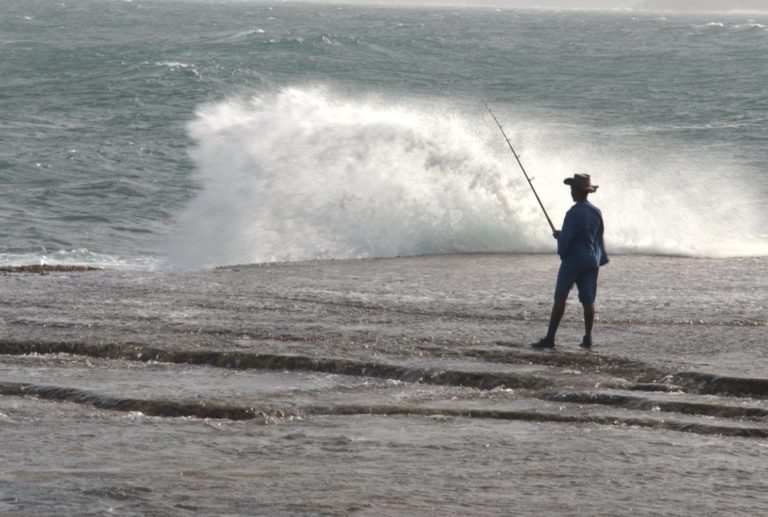
As our hiking group drove into town, we met for beer and pizza at a cafe overlooking the village. One thing that became apparent is that there was not going to be enough cash at hand at the current rate of consumption. Coffee Bay has no ATMs, so there was cause for concern.
Not to worry though, someone told us, pointing to a building in the valley; ‘just go the rusted roof and speak to the Pakistani, he’ll sort you out.’ So without any further context, we strolled to said rusted roof to find the only person in the village with a card machine. It was a seamless affair, a simple card payment, he takes his fair cut and you have your cash.
After a jubilant first night, a sign of the way the hike was going to go, we settled down to try and get some sleep while the hostel seemed to be throwing a trance party. Since we were late in booking our accommodation, we took what we could get which was pitching a tent next to the hostel’s dance floor for the night.
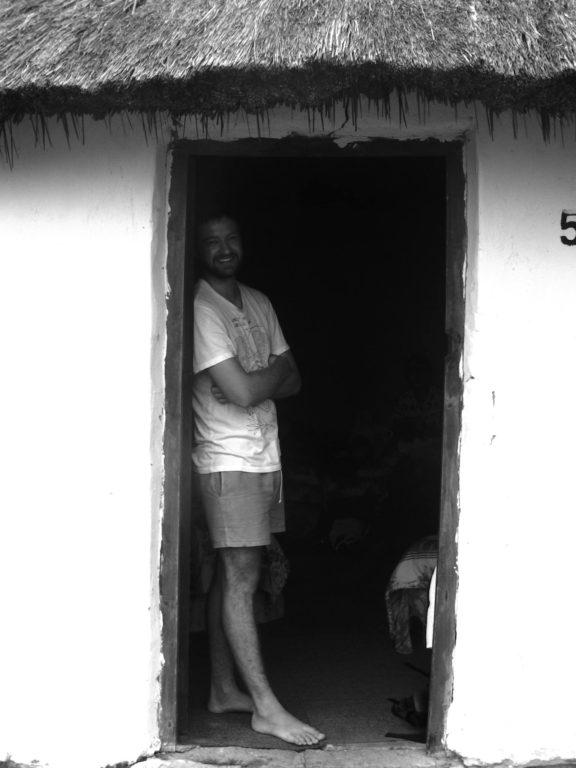
The morning was easy going though, regathering the group and getting into the shuttle to Port St Johns. There’s something ominous about arriving at the start of the hike at a beach scattered with shark warning signs.
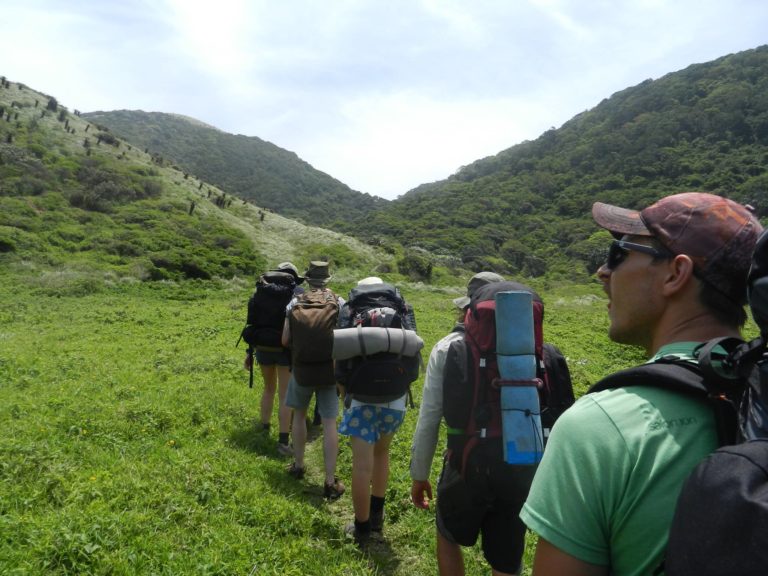
This was where we first encountered our guide, Vuyo, who exuded the wholesomeness of the region, seeming so casual and easy-going in her jeans, only carrying a small backpack as we rocked up with all our hiking gear.
The first day takes you through Silaka Nature Reserve which houses 400ha of indigenous coastal forest. If you are lucky enough, the reserve is also home to blue wildebeest and Burchell’s zebra, should you stumble across them.
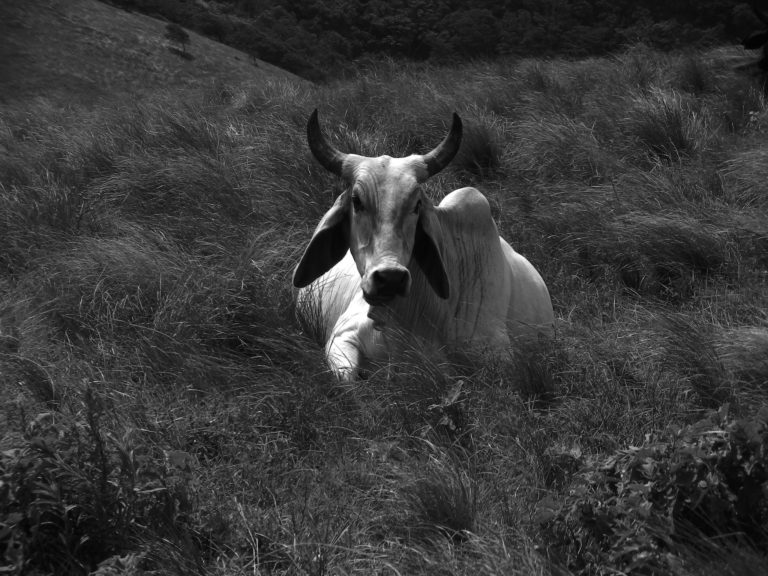
Nguni cows are scattered across the landscape.
The first day is where you will personally get to know the Wild Coasts’ iconic rolling hills. The first hill of the hike is appropriately named Heartbreak Hill, where the burning in your legs reminds you that you are not on a stroll through paradise, but a hike. As our legs burned, Vuyo casually conquered the hill, not even breaking a sweat.
Next, you encounter the first of many ferries across wide river mouths and estuaries. These idyllic lagoons charter you across what would otherwise be a long swim across wide bodies of water. It is surreal to come across these ferries which are not there for hikers, but a service to the many others who walk these tracks daily, and we just jump on the back of it.
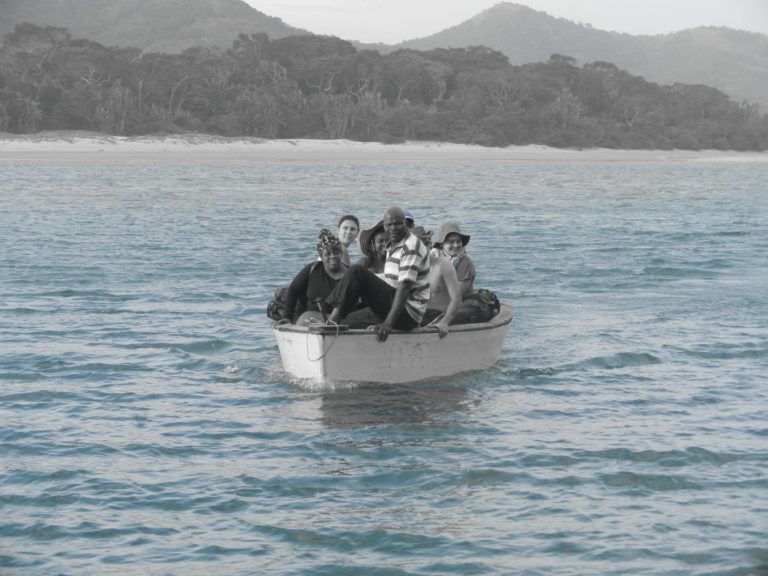
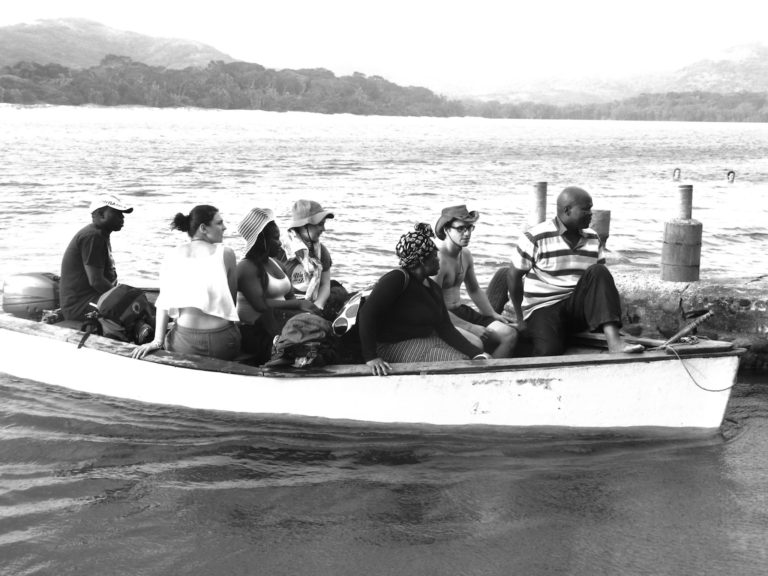
With the route crossing multiple wide river mouths, several ferries are needed throughout the hike.
This is one of the many incredible things about the Wild Coast hike; rather than going through isolated territories to find the serene feeling of being out in nature, here you are never really isolated, but that feeling is as visceral as ever.
One thing that never fails to disappoint, is provided dinners on a guided hike. When you arrive at your home for the night, usually a classic rondavel with a thatch roof and cow dung floors with beds provided, the coffee and freshly made bread welcomes you as you arrive.
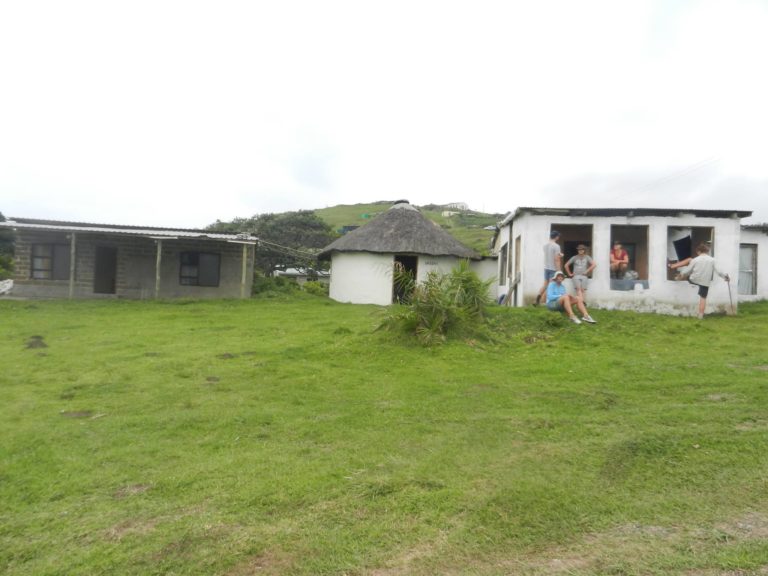
Relaxing after arriving at our first night’s accommodation at Madakeni Village.
Your hosts for the evening are usually residents of the local village. One of the great initiatives about this hike is that it incorporates the local community; from Vuyo, who guided us from village to village along the coast, to the homes that welcomed us. You are fed a traditional Xhosa meal, but chances are you will arrive before supper is ready, giving you enough time to pop over to the shabeen.
There’s something about drinking beer from a quart, that’s not just got to do with the value for money and the environmental aspect of reusing the bottles. The tiny chinks on the lip of the well-used Black Label bottle tell a story of other boozing sessions, and I take pride in adding mine to the bottle’s tenure.
One of the most memorable hosts with unmatched hospitality, was Mama Christina, a charismatic Xhosa woman who cooked up such a feast that the night descended into an arm-wrestling match for the scraps of food remaining.
When we arrived, she greeted us with a warm embrace, hugging many of us, giving the lucky ones a tour of her vegetable patch. It is admirable how much of the land leading down the valley alongside her home she has managed plough on her own, even consisting of a small block of mielies.
She led us into her house, and we got to see one of her recent harvests, which was a massive bag of dagga! It is staggering to realise that is cut off basic infrastructure and work that growing cannabis has been and is the economic lifeblood for some in the Eastern Cape. On one day of the hike, you will actually find yourself passing a cannabis plantation. As to the quality of the bud? I’ll leave that to you to discover for yourself.

In the mornings, you will wake up on the right side of the bed and make your way to the breakfast table, which usually entails mealie porridge, bread, eggs with tomatoes and fried onions. You feel no rush as you enjoy your morning coffee and breakfast leisurely before setting out on the road again.
One thing that you are bound to encounter on your trek along the coastline is the beautiful Nguni cows who know no fences but seem, to live so freely and lackadaisically grazing on the hills or just chilling on the beach.
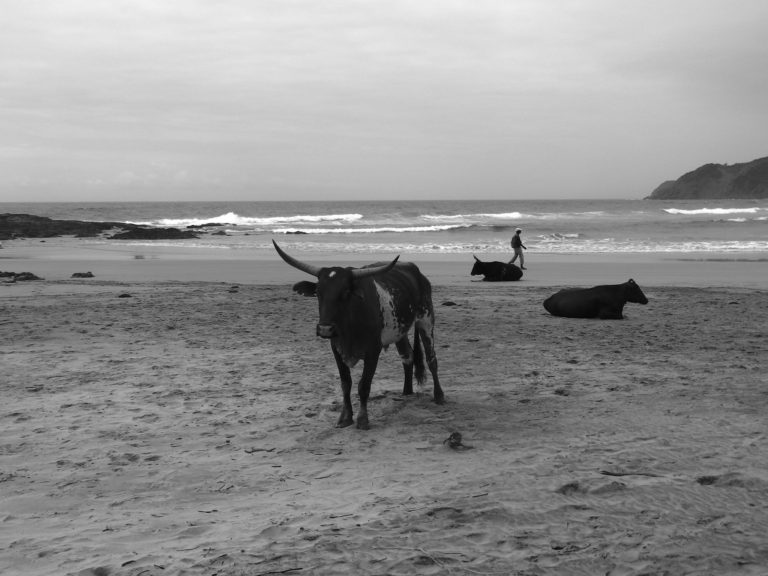
The quintessential wild coast scenery of grazing Ngunis and rolling hills dotted with rondavels never gets old. The fourth day of the hike brings you to your final night’s accommodation in Tshani village. The final stretch of the day takes you wading through the Mdumbi River mouth and onto Mdumbi’s glorious beach before ascending the final hill to Tshani village.
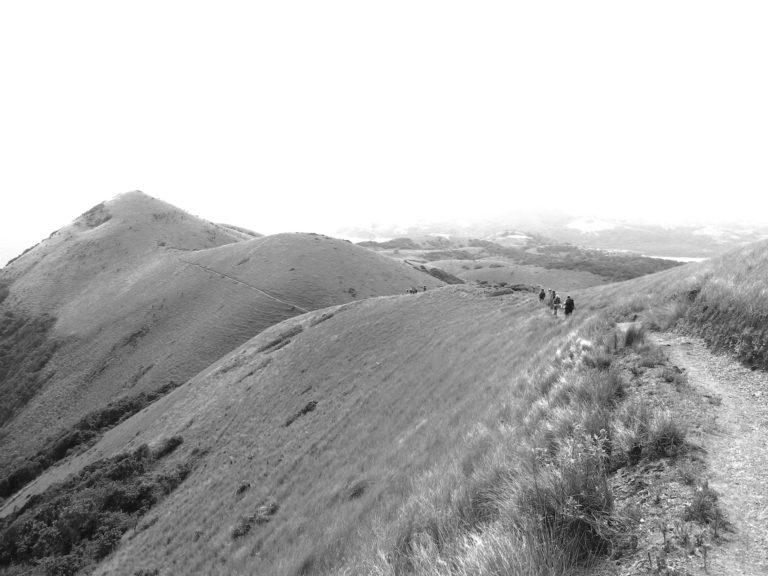
Hiking the last stretch to Coffee Bay went by much faster than I would have liked, the day seeming like a blur right now. There was an atmosphere as you passed the crowded beaches on New Year’s Day as if the party from the previous night had never stopped. Even though the hike is less taxing than most, the exhaustion still hits you as you reach the end, just wanting to decompress from the days of walking and festivities.
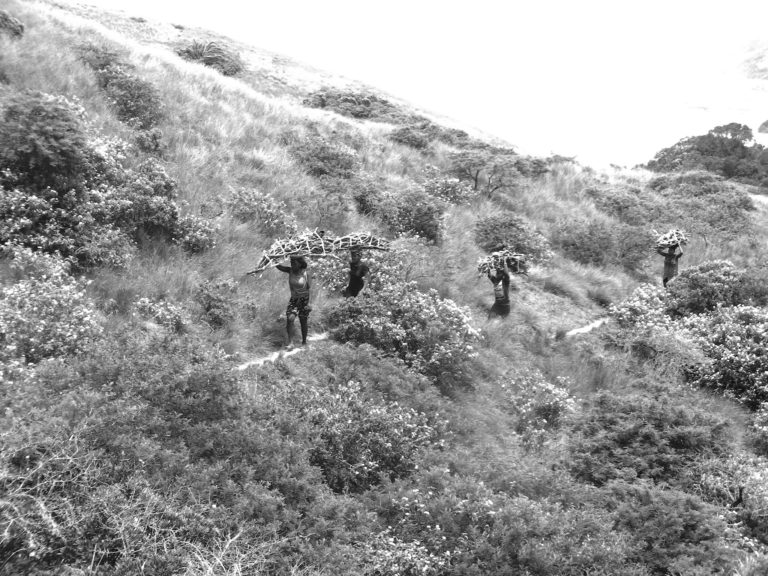
Difficulty
The hike itself is not too strenuous, as you probably realised based on the tellings of shabeen visits. But it is challenging enough to deserve proper relaxation at the end of the day. Because of the relaxed nature of the hike, there is ample time to enjoy yourself lazily at the beach, and take your shoes off to walk barefoot in the sand. Breakfast and dinner are provided, so your backpack is fairly light, easing the strain of walking throughout the day, and you only need to pack your lunch and snacks.
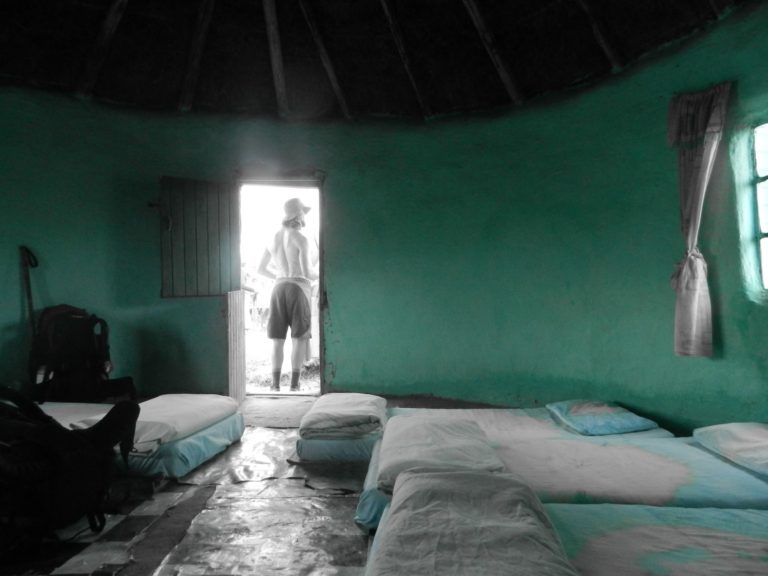
If you are concerned about the food, it is good and it will be enough! With traditional dishes such as Umngqusho (samp), pap, isonka samanzi (steamed bread) and possibly even crayfish, there will never be a more nourishing meal after a hike.
The night’s accommodation is provided, usually in a classic rondavel on, with beds and sheets provided (you don’t even need to pack a sleeping bag!). Remember to have some cash on hand in case you want to grab a drink at a shabeen or buy a souvenir, as you won’t encounter any ATMs.
Here is a breakdown:
Day 1 – Port St John’s to Madakeni Village 12km
Day 2 – Madakeni Village to Tsweleni Village 11 km
Day 2 – Tsweleni Village to Lucingweni Village 17km
Day 4 – Lucingweni Village to Tshani Village 16km
Day 5 – Tshani Village to Coffee Bay 11km
To Book
Bookings are done through Wild Side hiking, which organises the accommodation, food and guides for your journey. The price of the hike differs depending on the size of your group, becoming cheaper per person the larger the group is. To view the dates and to make a booking, visit their website here.
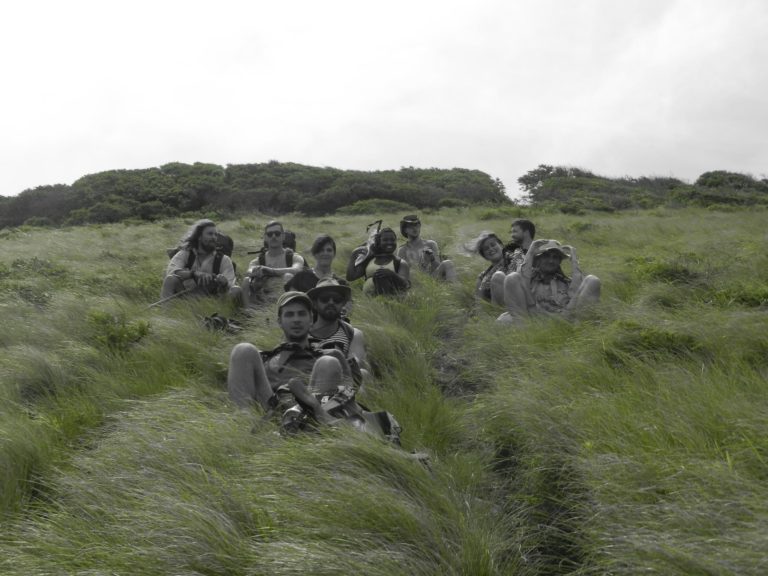
Pictures: David Henning









